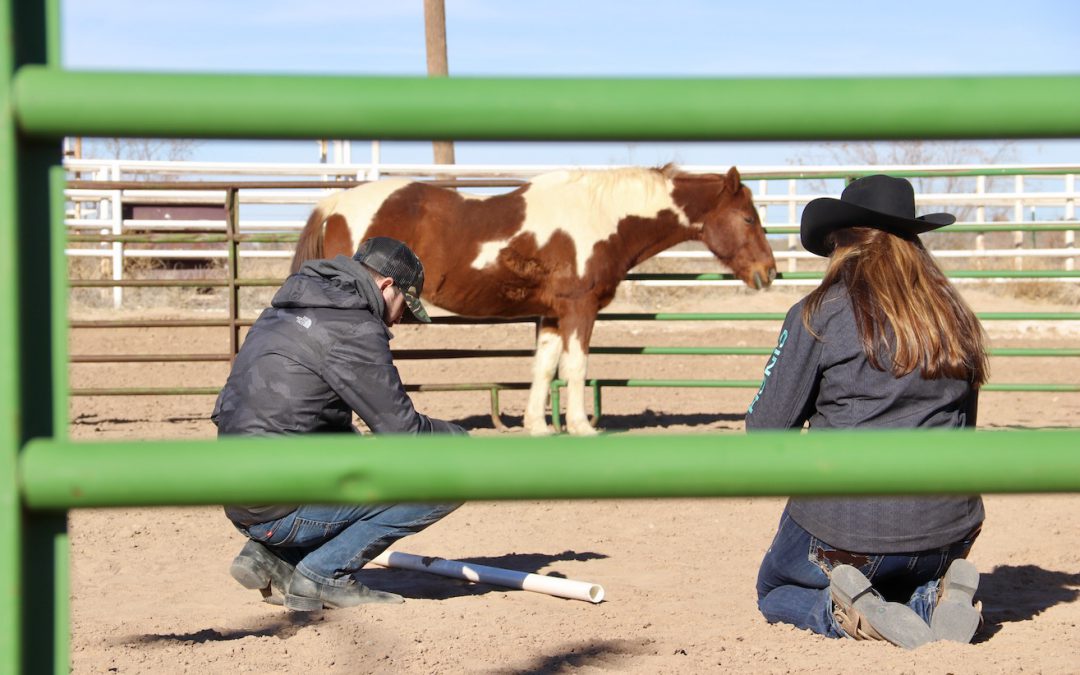Has your teen experienced a trauma that seems to follow them like a dark cloud over their head? They smile and act as though everything is okay, doing their best to move on in life however, you see the weight of that trauma fixed around their shoulders like an oxen’s yoke.
The trauma may be categorized under what the CDC calls, “ACES” or “Adverse Childhood Experiences” that include personal traumas – physical, verbal and sexual abuse, physical neglect & emotional neglect, violence in the home. They also include things like substance abuse, mental health issues, instability within the home due to separation, divorce, incarceration, anything that undermines the safety, security and bonding of the child and their family members.
Within the EGCM model, trauma takes on numerous forms outside of what culture and society define for us. These less obvious traumas may include a car accident, a house fire, the death of a loved one (human or animal), separation and/or divorce, a betrayal by someone we once trusted, an event or occurrence that rattles our confidence, a coach, teacher, pastor, older sibling, etc. that has said something hurtful that your teen now believes about themself. Within the EGC model trauma can be anything that causes a shift in how we view and interact with our world and that includes ourselves and the people in it. There is the reality of what life is prior to the trauma and then the contrast in what life is following the trauma. And this may not be a massive shift, it may be ever so subtle, especially in our kids who tend to be extremely resilient … to an extent.


Recent Comments